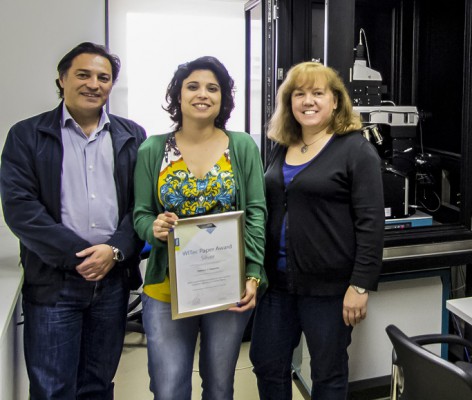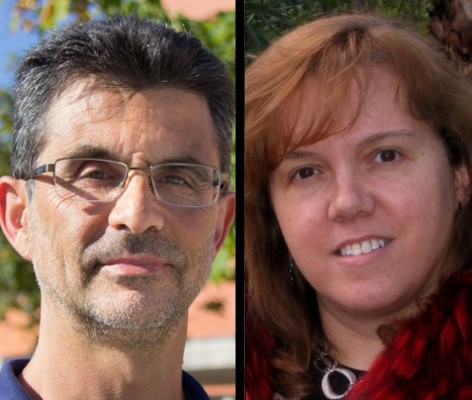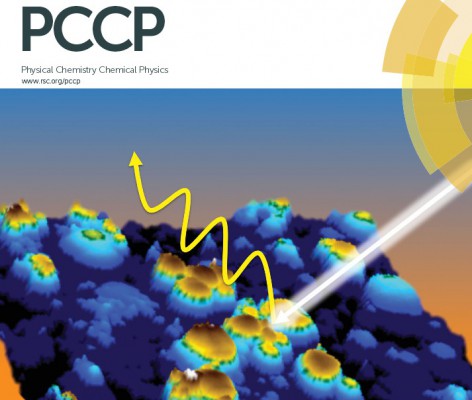Projects
Controlling the length scale through "Chimie Douce": from inorganic functional materials to organic-inorganic hybrids (POCTI/CTM/46780/2002)
PartnerFundação para a Ciência e a Tecnologia
Functional Inorganic Materials Chimie Douce Organic-Inorganic Hybrids LuminescenceFOTOCATGRAF - Graphene-based semiconductor photocatalysis for a safe and sustainable water supply: an advanced technology for emerging pollutants removal (UTAP-ICDT/CTM-NAN/0025/2014)
PartnerFundação para a Ciência e a Tecnologia
semiconductors graphene nanocomposites nanophotocatalysis Semiconductor band gap tuning emerging pollutantsNanochemistry of magnetic/luminescent composites for in vitro medical diagnosis applications (PTDC/QUI/67712/2006)
PartnerFundação para a Ciência e a Tecnologia
Nanoparticles Nanocomposites Magnetism/Luminescence Antibodies bioconjugationNanostructrured hybrid organic-inorganic assemblies: development of layer-by-layer and single-layer heteropolytungstate modified electrodes (POCI/QUI/56534/2004)
PartnerFundação para a Ciência e a Tecnologia
heteropolitungstato electrodos quimicamente modificados electroquímica analítica electrocatalisePolyoxometalates: from discrete clusters to networks and materials (POCI/QUI/58887/2004)
CoordinatorFundação para a Ciência e a Tecnologia
Polyoxometalates Synthesis and structure Luminescence CatalysisSGH : Smart Green Homes (Smart Green Homes)
PartnerIndustry National
The Smart Green Homes (SGH) Project aims to develop integrated product and technology solutions for the households, raising standards of comfort, safety and user satisfaction to a new level and, at the same time, to respond to the problems of sustainability of the Planet, increasing the energy efficiency and reducing the emission of gaseous poll...Publications
Raman imaging studies on the stability of Paracetamol tablets under different storage conditions
Fateixa, S; Mulandeza, O; Nogueira, HIS; Trindade, T
2023, VIBRATIONAL SPECTROSCOPY, 124.
Comparison of the Electrochemical Response of Carbon-Fiber-Reinforced Plastic (CFRP), Glassy Carbon, and Highly Ordered Pyrolytic Graphite (HOPG) in Near-Neutral Aqueous Chloride Media
Ofoegbu, SU; Ferreira, MGS; Nogueira, HIS; Zheludkevich, M
2023, C-JOURNAL OF CARBON RESEARCH, 9, 1.
Biomimetic Graphene/Spongin Scaffolds for Improved Osteoblasts Bioactivity via Dynamic Mechanical Stimulation
Semitela, A; Carvalho, S; Fernandes, C; Pinto, S; Fateixa, S; Nogueira, HIS; Bdikin, I; Completo, A; Marques, PAAP; Goncalves, G
2022, MACROMOLECULAR BIOSCIENCE, 22, 1.
Chemical Strategies for Dendritic Magneto-plasmonic Nanostructures Applied to Surface-Enhanced Raman Spectroscopy
Fernandes, T; Nogueira, HIS; Amorim, CO; Amaral, JS; Daniel-da-Silva, AL; Trindade, T
2022, CHEMISTRY-A EUROPEAN JOURNAL, 28, 61.
Colloidal nanomaterials for water quality improvement and monitoring
Estrada, AC; Daniel-da-Silva, AL; Leal, C; Monteiro, C; Lopes, CB; Nogueira, HIS; Lopes, I; Martins, MJ; Martins, NCT; Goncalves, NPF; Fateixa, S; Trindade, T
2022, FRONTIERS IN CHEMISTRY, 10.
Dendrimer stabilized nanoalloys for inkjet printing of surface-enhanced Raman scattering substrates
Fernandes, T; Martins, NCT; Fateixa, S; Nogueira, HIS; Daniel-da-Silva, AL; Trindade, T
2022, JOURNAL OF COLLOID AND INTERFACE SCIENCE, 612, 342-354.
Insightful vibrational imaging study on the hydration mechanism of carbamazepine
Fateixa, S; Nogueira, HIS; Paixao, JA; Fausto, R; Trindade, T
2022, PHYSICAL CHEMISTRY CHEMICAL PHYSICS, 24, 32, 19502-19511.
Interaction of zirconia with magnesium hydride and its influence on the hydrogen storage behavior of magnesium hydride
Pukazhselvan, D; Silva, DAR; Sandhya, KS; Fateixa, S; Shaula, A; Nogueira, H; Bdikin, I; Fagg, DP
2022, INTERNATIONAL JOURNAL OF HYDROGEN ENERGY, 47, 51, 21760-21771.
Colloidal dendritic nanostructures of gold and silver for SERS analysis of water pollutants
Fernandes, T; Fateixa, S; Ferro, M; Nogueira, HIS; Daniel-da-Silva, AL; Trindade, T
2021, JOURNAL OF MOLECULAR LIQUIDS, 337.
ISBN:
1873-3166
Inkjet Printing of Ag and Polystyrene Nanoparticle Emulsions for the One-Step Fabrication of Hydrophobic Paper-Based Surface-Enhanced Raman Scattering Substrates
Martins, NCT; Fateixa, S; Fernandes, T; Nogueira, HIS; Trindade, T
2021, ACS APPLIED NANO MATERIALS, 4, 5, 4484-4495.
ISBN:
2574-0970
SERS Research Applied to Polymer Based Nanocomposites
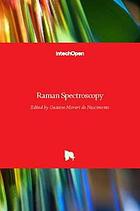
In Gustavo Morari Do Nascimento (Eds.), Raman Spectroscopy Aplied to Nanobiotechnology
S. Fateixa, H. I. S. Nogueira, T. Trindade
2018, IntechOpen.
ISBN:
978-1-78923-001-7
Nanostructured Metals In Raman Spectroscopy
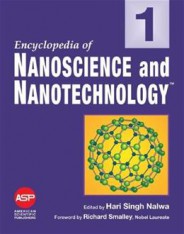
In Nalwa HS (Eds.), Encyclopedia Of Nanoscience And Nanotechnology
Nogueira HIS, Teixeira-Dias JJ, Trindade T
2004, 7, 699-715, California, American Scientific Publishers.
ISBN:
1-58883-001-2



